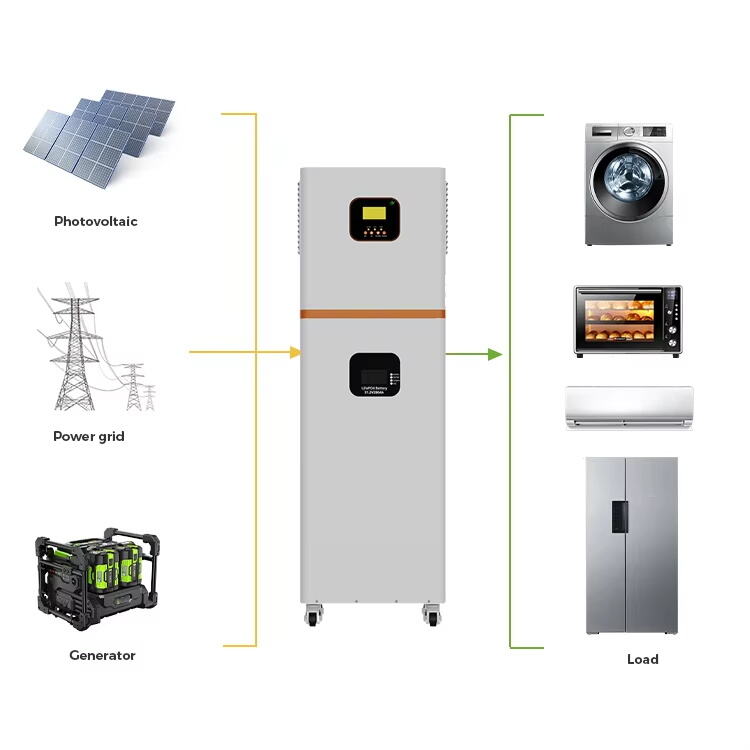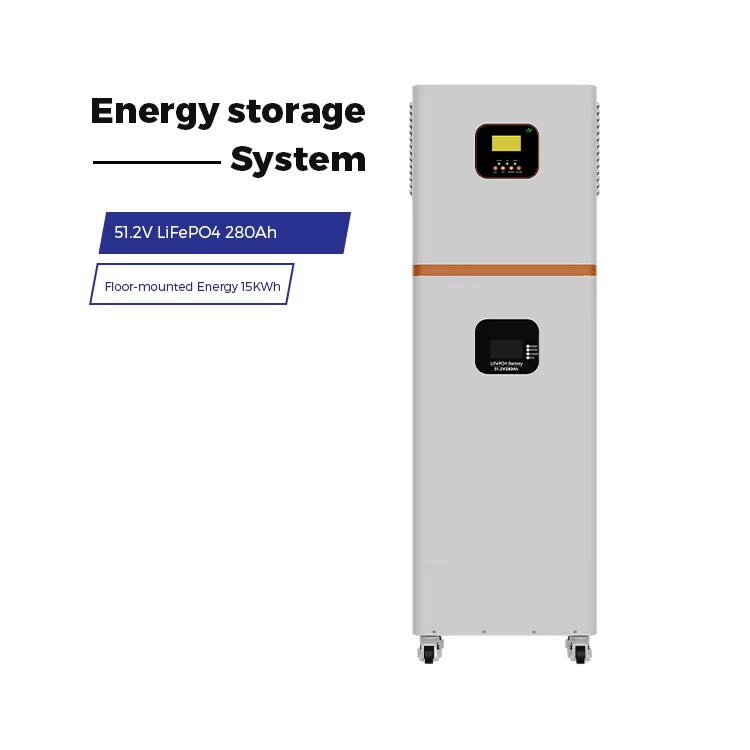Evolving with Your Home: A Smarter Energy Storage Choice
Modern households are in constant flux. Whether it's the addition of new appliances, electric vehicles, or an expanding family, energy needs inevitably change over time. To meet these evolving demands, homeowners need solutions that are flexible and future-ready. A Scalable Residential ESS (Energy Storage System) offers precisely that: the ability to grow with your household without the need for a complete overhaul of your energy infrastructure.
Unlike fixed-capacity systems, a Scalable Residential ESS can be expanded gradually, ensuring that your investment continues to deliver value as your home evolves. This approach not only saves on initial costs but also offers a sustainable way to manage power consumption efficiently over the long term.
Benefits of a Scalable Residential ESS
Custom Fit for Your Current Needs
Not every home requires a large energy storage system at the outset. A Scalable Residential ESS enables homeowners to begin with a smaller, more affordable setup tailored to their current consumption. As needs change, additional modules can be added without replacing the entire system.
This flexibility allows you to invest in energy storage without overspending upfront. Whether you’re powering lights and electronics or adding high-draw devices like air conditioning or EV chargers later, the system can adapt accordingly.
Optimized Energy Use and Efficiency
A Scalable Residential ESS helps maximize energy efficiency by storing electricity during off-peak hours and deploying it during peak periods. This not only lowers electricity bills but also reduces the load on the grid during high-demand times.
By adjusting the scale of the system, homeowners can align their energy storage capacity more closely with actual usage patterns. This ensures consistent performance and reduces the risk of over- or under-utilization.

Smart Management and Connectivity
Integration with Home Energy Networks
Today’s Scalable Residential ESS models are equipped with smart features that make integration with home energy networks seamless. These systems work in harmony with solar panels, smart thermostats, and energy management software.
The result is a fully connected household where energy is managed dynamically. The system can automatically switch between grid, solar, and battery power based on cost and availability, providing smarter, greener energy use.
Monitoring and Expansion Made Simple
Most modern systems come with mobile apps or web platforms that allow real-time monitoring of performance, usage, and battery health. Adding new modules is usually a plug-and-play process, meaning that you don’t need extensive rewiring or infrastructure changes.
These monitoring tools also offer insights that help homeowners make informed decisions about when and how to scale their systems, aligning storage with actual usage trends and future plans.
Economic and Environmental Value
Lower Lifetime Costs
Although the initial investment may be modest, a Scalable Residential ESS provides long-term savings through lower energy bills and fewer upgrade requirements. Instead of replacing an outdated system, you simply add more capacity as needed.
This incremental investment model allows for better financial planning. It also makes the system accessible to more households by lowering the barrier to entry while still offering room for future growth.
Supporting Renewable Energy Goals
Homeowners increasingly look to solar energy and other renewables to meet sustainability targets. A Scalable Residential ESS enhances these efforts by storing surplus energy for later use, making renewable integration more practical and efficient.
This contributes to lower carbon emissions and supports a cleaner energy ecosystem. Whether you’re already using solar panels or planning to install them, a scalable system ensures you’ll get the most from your renewable sources.
Versatility and Installation Options
Suitable for Various Home Types
Whether you live in a compact urban apartment or a large suburban home, a Scalable Residential ESS can be configured to match the available space and energy needs. Wall-mounted units, modular battery packs, and hybrid inverters provide a variety of installation options.
This adaptability makes it easier for homeowners to implement energy storage regardless of home size or architectural limitations. It also ensures that the system won’t become obsolete if your living situation changes.
Indoor and Outdoor Applications
Scalable Residential ESS systems are designed for flexibility in placement. Weather-resistant enclosures and temperature control features enable outdoor installation, while sleek designs suit indoor utility rooms or garages.
The ability to install modules in different environments ensures that space constraints won’t limit your ability to scale up energy storage. It also makes system maintenance more convenient and accessible.
FAQ
What makes a Scalable Residential ESS different from a standard ESS?
A Scalable Residential ESS allows homeowners to increase storage capacity over time by adding modular units. Standard systems typically come with fixed capacity that can't be expanded.
This scalability offers more flexibility and aligns better with changing energy needs.
Can I add capacity to my Scalable Residential ESS by myself?
Some systems support user-friendly expansion with plug-and-play modules. However, professional installation is often recommended to ensure safety and compatibility.
Working with a certified installer ensures the system remains optimized and compliant with local regulations.
How do I know when it's time to scale up my energy storage system?
Monitoring tools included with most Scalable Residential ESS units provide insights into energy usage patterns. When you notice regular full discharges or higher-than-expected consumption, it may be time to expand.
Also, consider scaling up when adding high-energy devices like EV chargers or heat pumps.
Is a Scalable Residential ESS compatible with solar panels?
Yes, most systems are designed to work seamlessly with solar energy setups. They store excess solar power for later use, improving energy independence and efficiency.
This compatibility enhances the value of your renewable energy investment.

